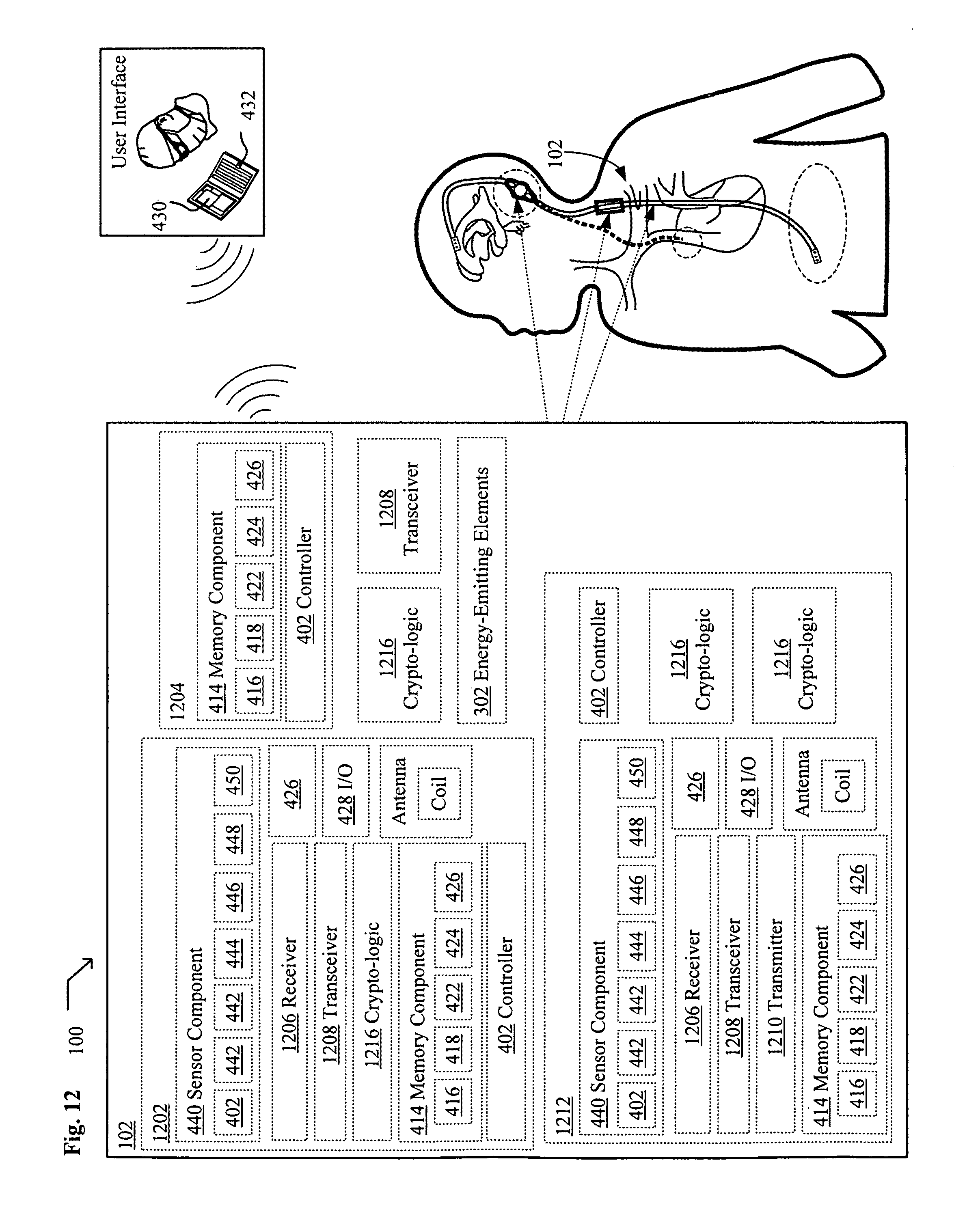
The blood vessels in the lungs continually branch and get consistently smaller very like the branching of the airways.

is directly proportional to the thickness.is indirectly proportional to the concentration gradient.is increased with a decrease in surface area.dead space is usually about 45% of tidal volume.anatomical dead space is measured by the Bohr equation.physiological dead space is the same as alveolar dead space.is defined as the volume of gas which does take part in gas exchange.the lungs are lined with transistional epithelium.bifurication of the bronchi occurs at T4.generations 1- 18 are known as the conducting zone of the lungs.


The answers can be found at the end of the article, together with an explanation. Before continuing, try to answer the following questions.


 0 kommentar(er)
0 kommentar(er)
